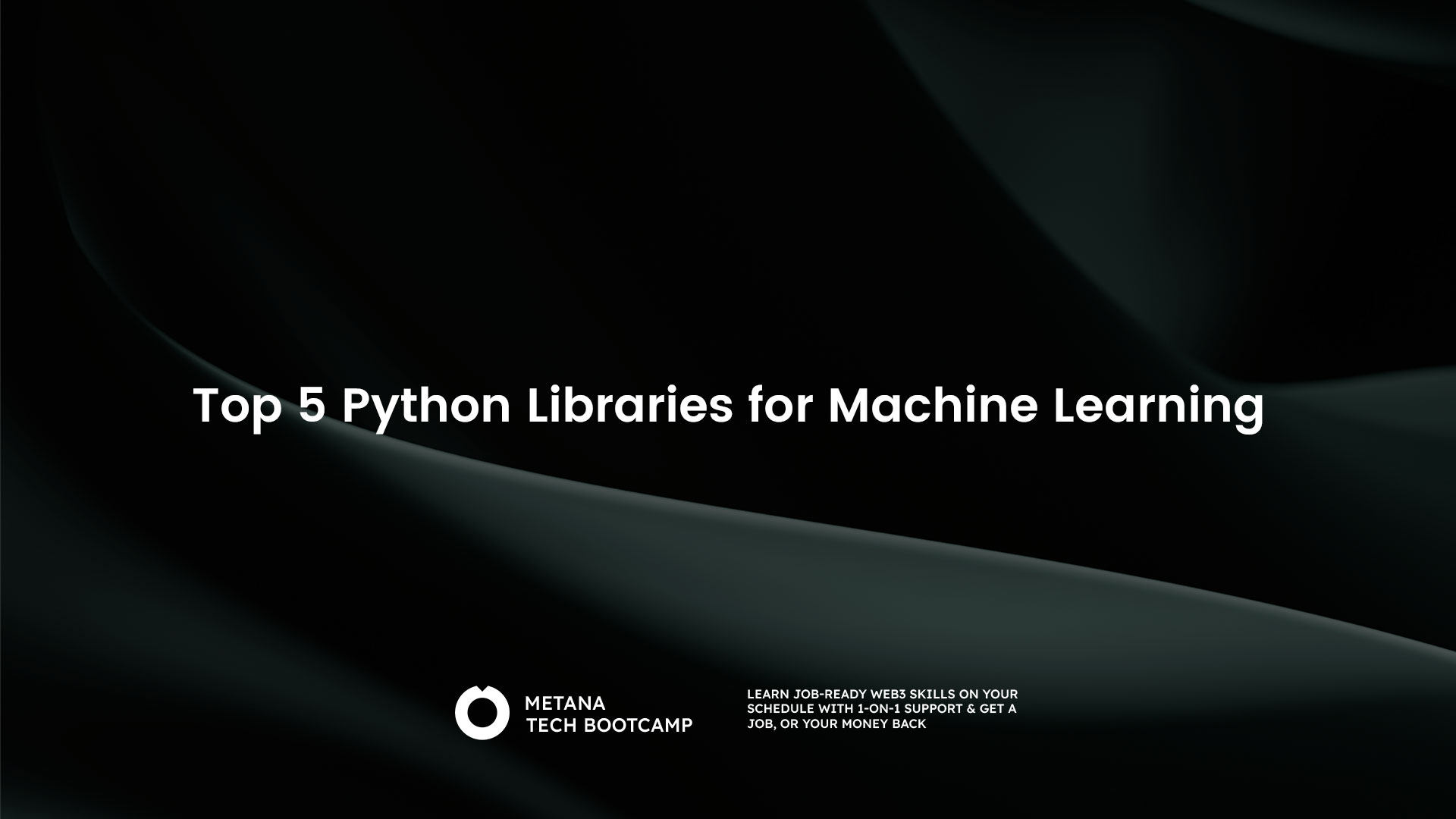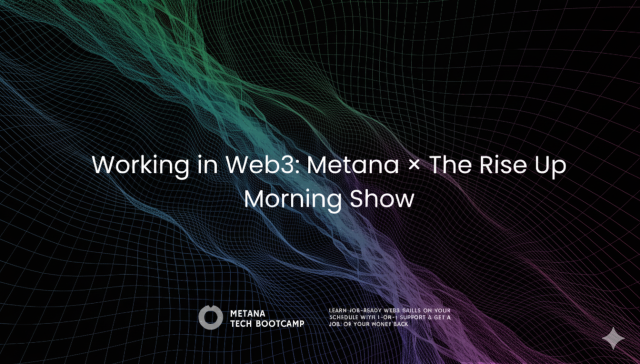Machine learning libraries are like the magic spells of the programming world. With just a few lines of code, you can perform complex tasks, from predicting future trends to understanding the content of images. Whether you’re tackling classification, regression, or any other machine learning task, there’s a library out there that can help.
When you’re ready to begin, you might wonder, “which Python library is used for machine learning?” Python is a favorite language for this exciting field because it’s easy to learn and has lots of special tools, called libraries, for different tasks. These libraries help with everything from preparing your data to making and checking your machine learning models. This guide will help you understand the main Python libraries for machine learning, making it easier to pick the right one for your projects. Whether you’re just starting or want to learn more, knowing about these libraries is a big step in mastering machine learning with Python.
What is a Python Library?
In Python, a library, also referred to as a module or package, is a collection of reusable code bundled together to perform specific tasks. These libraries help programmers avoid writing the same code repeatedly and provide access to functionalities beyond the core capabilities of the Python language.
Here’s a breakdown of the key points:
- Reusable code: Libraries contain functions and classes that can be imported and used in different Python programs, saving significant development time and effort.
- Specific tasks: Each library typically focuses on a particular area, like data manipulation (NumPy, Pandas), machine learning (Scikit-learn, TensorFlow), web development (Django, Flask), and many more.
- Extending Python: Libraries add functionalities not available in the core Python language, allowing you to perform complex tasks more efficiently.
Imagine a library like a toolbox. It comes with various tools (functions and classes) specifically designed for different purposes (data manipulation, machine learning, etc.). By using these tools, you can complete your programming tasks efficiently without needing to build them from scratch.

Top 5 Python Libraries for Machine Learning
Numpy
NumPy, short for Numerical Python, is the cornerstone of numerical computing in Python, offering robust support for large, multi-dimensional arrays and matrices, along with a vast library of mathematical functions to operate on these data structures. At its core, NumPy’s N-dimensional array, or ndarray, allows for efficient processing and manipulation of numerical data, thanks to features like broadcasting, which simplifies operations across arrays of different sizes, and its high-speed processing capabilities, underpinned by C-optimized code and a memory-efficient design.
This efficiency is complemented by a comprehensive suite of mathematical tools, covering everything from linear algebra to random number generation, making NumPy indispensable for data science, machine learning, and scientific computing. Furthermore, its seamless interoperability with other Python libraries, such as Pandas and Matplotlib, cements its position as a foundational pillar of the Python data ecosystem, supported by a vast and active community that continually enhances its capabilities and accessibility.
Scikit-Learn
Scikit-learn is a premier open-source library for machine learning in Python, known for its simplicity, efficiency, and broad utility in data mining and data analysis. Built on NumPy, SciPy, and matplotlib, it offers a comprehensive array of tools for various machine learning tasks, including classification, regression, clustering, and dimensionality reduction. Its appeal lies in the user-friendly interface that makes it accessible to novices while being robust enough for seasoned practitioners.
Scikit-learn comes packed with a wealth of algorithms for building machine learning models, enabling quick and effective model selection and experimentation. The library also includes utilities for model evaluation, data preprocessing, model selection, and many more, making the entire process of developing and deploying machine learning models as seamless as possible.
With extensive documentation, a vibrant community, and ongoing development, scikit-learn remains a vital resource for anyone looking to explore the power of machine learning with Python.
Pandas
Pandas is the Swiss Army knife of data manipulation and analysis in Python, providing high-level data structures and a vast array of functions to make data wrangling a breeze. Central to its power is the DataFrame, a two-dimensional, size-mutable, and potentially heterogeneous tabular data structure with labeled axes (rows and columns), making it ideal for handling real-world data.
Pandas excels in tasks like data cleaning, transformation, and analysis, thanks to its intuitive syntax and rich functionalities for slicing, indexing, aggregating, and merging datasets. It bridges the gap between complex data analysis tasks and Python, offering tools for reading and writing data between in-memory data structures and different file formats with ease.
Whether you’re working on time series data, categorical data, or missing data, Pandas provides a seamless, efficient way to manipulate and prepare data for analysis or machine learning models, making it an indispensable tool for data scientists and analysts alike.
Tensorflow
TensorFlow stands as the colossus of deep learning frameworks, developed by Google Brain, offering a comprehensive, flexible ecosystem of tools, libraries, and community resources that enables developers to build and deploy machine learning models with ease. Its strength lies in its ability to perform complex computations with high scalability, making it suitable for a range of tasks from training simple regression models to deploying sophisticated neural networks across multiple CPUs and GPUs.
TensorFlow’s architecture allows for seamless execution of models across a variety of platforms, from desktops to edge devices, supporting both research and production needs. The framework includes an intuitive high-level API, Keras, simplifying neural network construction and training with its user-friendly interface. Additionally, TensorFlow’s TensorBoard tool provides powerful visualization capabilities, enabling developers to monitor and analyze model performance and behavior.
With its robust support for deep learning and machine learning, TensorFlow empowers users to push the boundaries of what’s possible in AI, fostering innovations across industries from healthcare to automotive.
PyTorch
PyTorch is a dynamic, open-source machine learning library that has rapidly gained popularity for its ease of use, flexibility, and efficient memory usage, especially favored among researchers and developers for its intuitive syntax and dynamic computational graph. Originating from Facebook’s AI Research lab, PyTorch facilitates deep learning projects with its straightforward approach to building neural networks, allowing for more natural debugging and a simpler learning curve compared to its competitors.
It supports GPU acceleration, ensuring fast computation and optimization of models, which is crucial for training complex neural networks. PyTorch’s dynamic computation graph (as opposed to TensorFlow’s static graph) allows for changes to be made on-the-fly during runtime, offering a significant advantage in terms of flexibility and experimentation.
With a strong ecosystem that includes a vast library of tools and extensions for tasks such as computer vision (TorchVision) and natural language processing (TorchText), PyTorch not only simplifies the development of deep learning models but also encourages innovation and experimentation, making it a leading choice for cutting-edge AI research and development.

Beyond The Basics
As you delve deeper into machine learning, the landscape of Python libraries expands, offering tools for every need and expertise level. Keras simplifies neural network creation with its high-level API, making it user-friendly for building on TensorFlow or PyTorch foundations. For visual storytelling, Matplotlib and Seaborn are indispensable for data visualization, turning complex datasets into clear, insightful graphics. And for the challenges that require a deeper dive into scientific computing, SciPy stands ready with advanced algorithms for optimization, integration, and more, pushing the boundaries of what you can solve and analyze.
Exploring these libraries enriches your machine learning journey, allowing you to tackle more sophisticated projects and uncover deeper insights. Each tool not only broadens your technical toolkit but also inspires new ways to approach problems, blending ease of use with powerful capabilities. As your experience grows, these libraries become invaluable allies, enabling you to navigate the complexities of machine learning and data science with confidence and creativity.
Choosing the Right Library
Choosing the right Python library for your machine learning project can feel like picking a teammate for a game: you want someone who complements your skills and helps you achieve your goals. Here’s a fun way to think about it:
Imagine you’re building a machine learning project like:
- Sorting emails into spam and not spam: This is a classification task, and Scikit-learn would be your best teammate. It’s like a friendly coach, guiding you through the process with easy-to-use tools and a variety of algorithms at your disposal.
- Predicting house prices based on square footage: This is a regression task, and Scikit-learn is still a great choice. It’s like having a reliable teammate who’s familiar with the territory and can help you navigate different approaches.
- Building a system that recognizes objects in images: This is a deep learning task, and TensorFlow or PyTorch would be more suitable teammates. They’re like the experienced players with advanced strategies, perfect for tackling complex challenges.
But wait, there’s more! Here are some additional factors to consider when choosing your library partner:
- Project Complexity: For simpler tasks, Scikit-learn might be the perfect partner. For complex deep learning projects, TensorFlow or PyTorch would be better suited.
- Learning Curve: Scikit-learn offers a smoother learning curve, while TensorFlow and PyTorch might require more effort to master. Think of it like choosing a teammate: someone easier to learn with initially or someone who can push you to develop your skills further.
- Personal Preference: Ultimately, you might find the work style or approach of one library more comfortable than another. Don’t be afraid to experiment and see who clicks best with you!
Remember, the ideal teammate might change as your projects and skills evolve. The important thing is to start with a library that fits your current needs and comfort level, and keep exploring the exciting world of machine learning libraries. Happy learning, and may your projects be a success.
Wrapping Up!
Choosing the right Python library for machine learning isn’t just about the hype; it’s about matching your project’s needs with the strengths of each library. From NumPy’s mathematical prowess to TensorFlow’s deep learning capabilities, each library offers unique advantages. Remember, the goal is not to master every library out there but to find the ones that best suit your machine learning journey.
So, continue on this adventure with an open mind and a spirit of experimentation. And remember, instead of getting overwhelmed by the choices, see them as the diverse tools they are—each with its own role in your machine learning toolkit. Who knows? You might just find yourself building that cat classifier with a Python library, and this time, the results will be purr-fectly impressive.
Happy coding, and may your machine learning journey be as enlightening as it is enjoyable!

FAQs
1. What is TensorFlow and why is it popular for machine learning?
- TensorFlow is an open-source library developed by Google for numerical computation and machine learning. It’s popular due to its flexibility, scalability, and wide adoption in industry and research.
2. How does PyTorch differ from TensorFlow?
- PyTorch, developed by Facebook, offers dynamic computational graphing, meaning the graph builds up on-the-fly. This is contrasted with TensorFlow’s static graphing, appealing for research and development due to its flexibility.
3. What makes Scikit-Learn ideal for beginners in machine learning?
- Scikit-Learn is renowned for its simplicity and accessibility, offering a wide range of algorithms and utilities for data mining and data analysis, making it perfect for beginners to start with machine learning.
4. Why is Keras important for deep learning projects?
- Keras is a high-level neural networks API, running on top of TensorFlow. It’s designed for human beings, not machines, emphasizing user-friendliness, modularity, and extensibility, ideal for fast prototyping.
5. Can you explain how XGBoost helps in machine learning tasks?
- XGBoost stands for Extreme Gradient Boosting. It is a decision-tree-based ensemble Machine Learning library that uses a gradient boosting framework. It’s known for its performance and speed in classification and regression tasks.
6. What are some tips for selecting the right Python library for your machine learning project?
- Consider your project’s needs, such as the complexity of models required, the scale of data, and your comfort with the library’s syntax and community support.
7. How important is community support when choosing a machine learning library?
- Very important. A strong community provides extensive documentation, tutorials, and forums, which can be invaluable for troubleshooting and learning.
8. What are the benefits of using machine learning libraries in Python?
- Python’s libraries simplify complex processes, offer a wide range of algorithms, and are supported by a large community, making machine learning more accessible and efficient.
9. How do updates in machine learning libraries impact existing projects?
- Updates can offer new features, improved efficiency, and bug fixes. However, they may also introduce breaking changes, requiring modifications to existing code.
10. What are the future trends in Python libraries for machine learning?
- Future trends include more focus on automation, integration with IoT devices, advancements in natural language processing, and improvements in efficiency and scalability.








